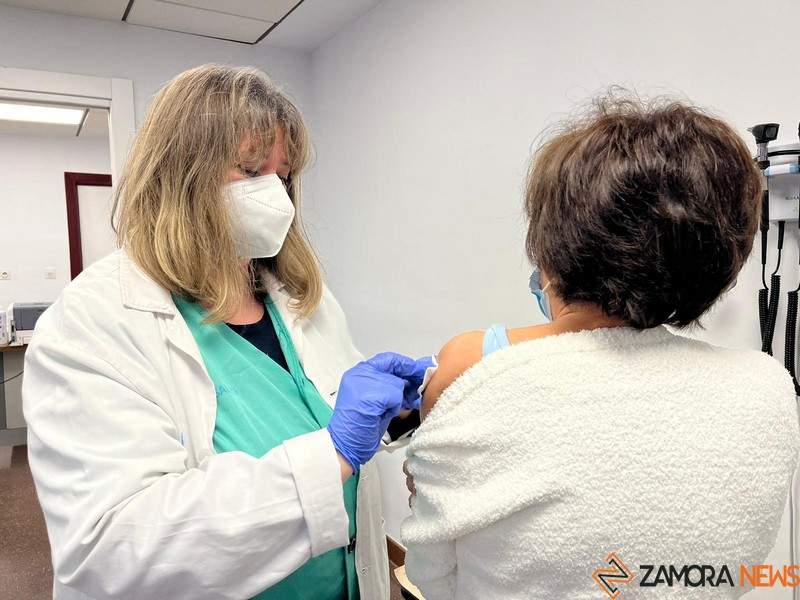WHO lists priority pathogens to develop new vaccines and reduce global mortality

The World Health Organization (WHO) has published a list of 17 priority pathogens for the development of vaccines to combat diseases that have a major impact on global health. The study, published in The Lancet eBioMedicine, highlights the urgency of tackling diseases such as HIV, malaria and tuberculosis, which cause nearly 2.5 million deaths a year.
Among the most important pathogens is group A streptococcus, which causes serious infections and is responsible for approximately 280,000 deaths due to rheumatic heart disease each year. Klebsiella pneumoniae is another serious threat, associated with nearly 800,000 deaths in 2019 and nearly 40% of neonatal deaths due to sepsis. This prioritization marks WHO’s first attempt to list endemic pathogens based on their regional and global impact.
In this case, the study prioritizes the lives and well-being of the most affected populations over economic profitability, a trend expected to set a precedent in vaccine research and production.
Classification of pathogens
For the purpose of vaccine development, the list of pathogens has been divided into three categories:
Pathogens for which new vaccines should be investigated include HIV-1, hepatitis C virus, Klebsiella pneumoniae, and group A streptococcus.
Pathogens requiring continued development of existing vaccines. This category includes cytomegalovirus, influenza virus (for which a broader vaccine is being sought), Leishmania, nontyphoidal Salmonella, norovirus, Plasmodium falciparum (which causes malaria), Shigella spp., and Staphylococcus aureus.
Pathogens for which vaccines are close to approval or policy recommendation include dengue virus, group B streptococcus, extraintestinal pathogenic Escherichia coli, Mycobacterium tuberculosis, and respiratory syncytial virus (RSV).
To select these pathogens, experts in epidemiology, medicine, and vaccine development were consulted, weighing factors such as the number of deaths caused by each agent, its socioeconomic impact, and resistance to antimicrobial treatment.
